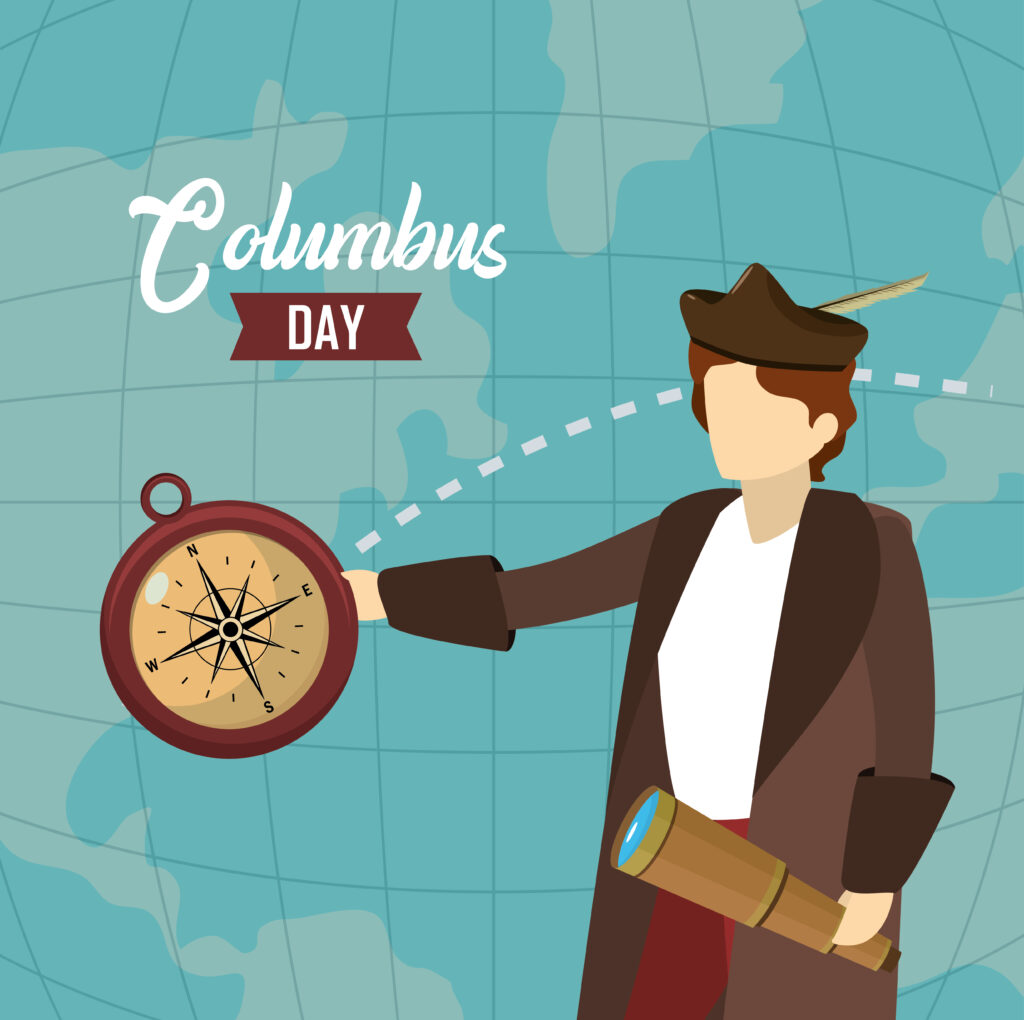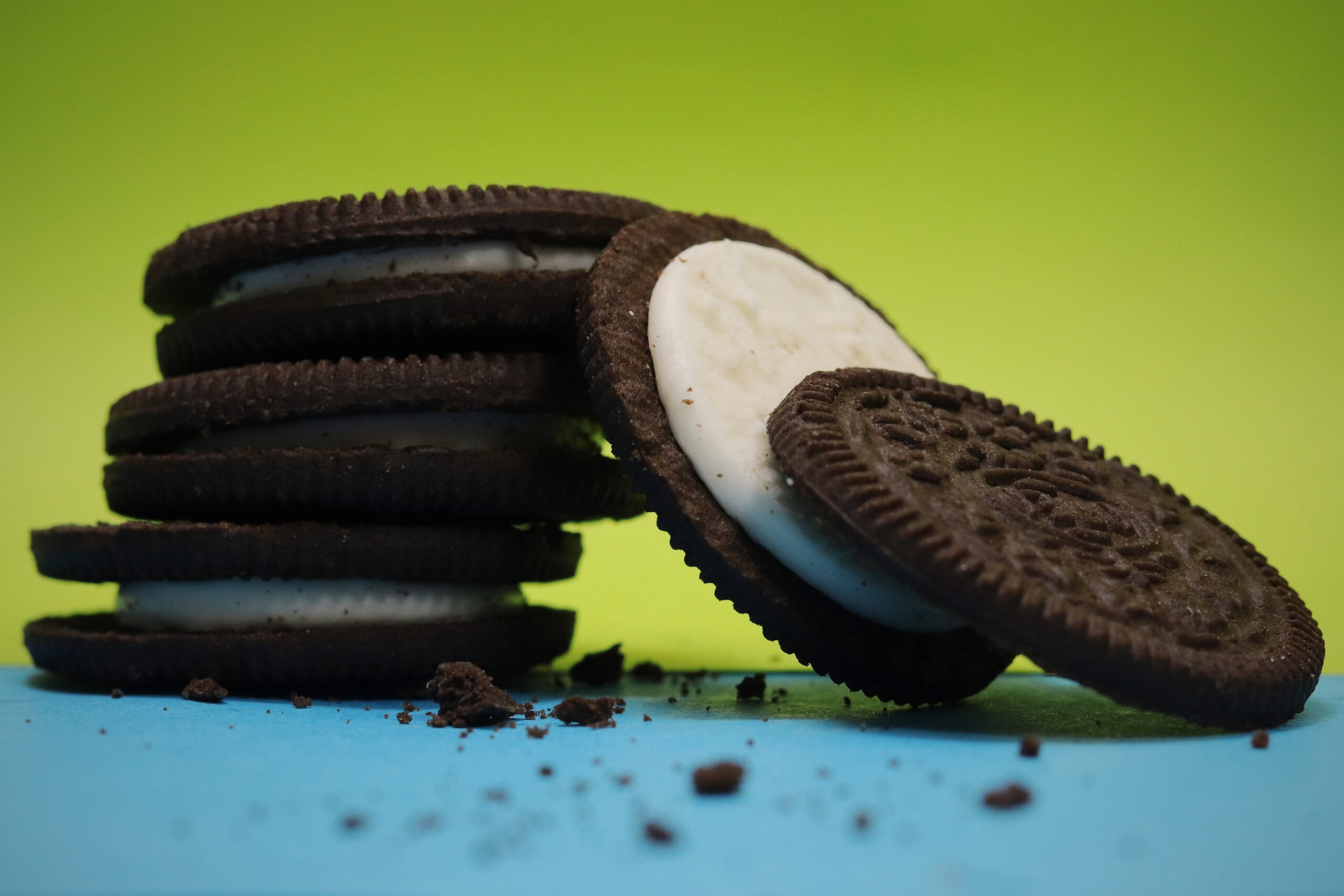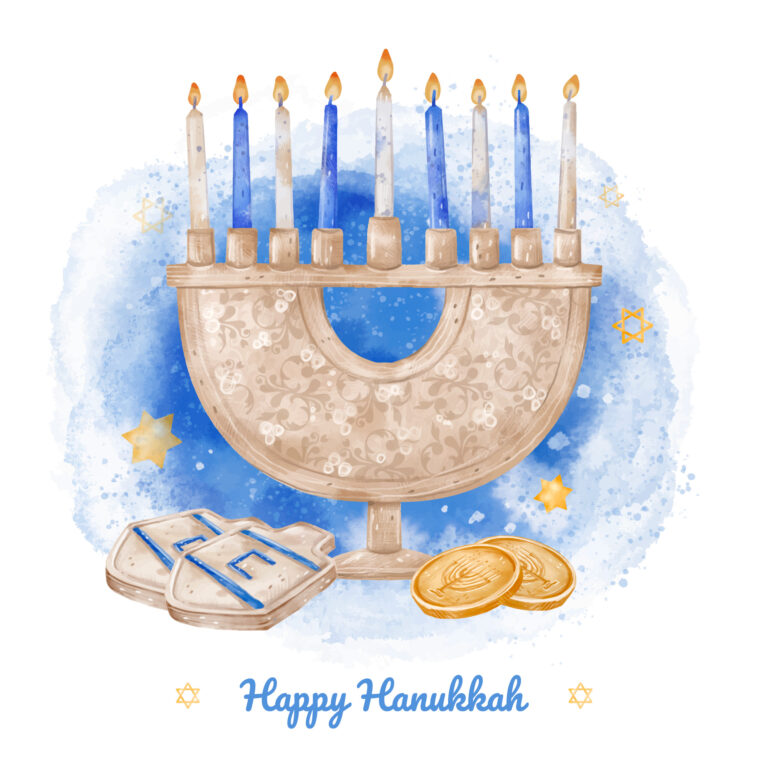Letter to the King and Queen of Spain
(circa 1494)
Most High and Mighty Sovereigns,
In obedience to your Highnesses’ commands, and with submission to superior judgment, I will say whatever occurs to me in reference to the colonization and commerce of the Island of Espanola, and of the other islands, both those already discovered and those that may be discovered hereafter.
In the first place, as regards the Island of Espanola: Inasmuch as the number of colonists who desire to go thither amounts to two thousand, owing to the land being safer and better for farming and trading, and because it will serve as a place to which they can return and from which they can carry on trade with the neighboring islands:
- That in the said island there shall be founded three or four towns, situated in the most convenient places, and that the settlers who are there be assigned to the aforesaid places and towns.
- That for the better and more speedy colonization of the said island, no one shall have liberty to collect gold in it except those who have taken out colonists’ papers, and have built houses for their abode, in the town in which they are, that they may live united and in greater safety.
- That each town shall have its alcalde [Mayor] … and its notary public, as is the use and custom in Castile.
- That there shall be a church, and parish priests or friars to administer the sacraments, to perform divine worship, and for the conversion of the Indians.
- That none of the colonists shall go to seek gold without a license from the governor or alcalde of the town where he lives; and that he must first take oath to return to the place whence he sets out, for the purpose of registering faithfully all the gold he may have found, and to return once a month, or once a week, as the time may have been set for him, to render account and show the quantity of said gold; and that this shall be written down by the notary before the aIcalde, or, if it seems better, that a friar or priest, deputed for the purpose, shall be also present
- That all the gold thus brought in shall be smelted immediately, and stamped with some mark that shall distinguish each town; and that the portion which belongs to your Highnesses shall be weighed, and given and consigned to each alcalde in his own town, and registered by the above-mentioned priest or friar, so that it shall not pass through the hands of only one person, and there shall he no opportunity to conceal the truth.
- That all gold that may be found without the mark of one of the said towns in the possession of any one who has once registered in accordance with the above order shall be taken as forfeited, and that the accuser shall have one portion of it and your Highnesses the other.
- That one per centum of all the gold that may be found shall be set aside for building churches and adorning the same, and for the support of the priests or friars belonging to them; and, if it should be thought proper to pay any thing to the alcaldes or notaries for their services, or for ensuring the faithful perforce of their duties, that this amount shall be sent to the governor or treasurer who may be appointed there by your Highnesses.
- As regards the division of the gold, and the share that ought to be reserved for your Highnesses, this, in my opinion, must be left to the aforesaid governor and treasurer, because it will have to be greater or less according to the quantity of gold that may be found. Or, should it seem preferable, your Highnesses might, for the space of one year, take one half, and the collector the other, and a better arrangement for the division be made afterward.
- That if the said alcaldes or notaries shall commit or be privy to any fraud, punishment shall be provided, and the same for the colonists who shall not have declared all the gold they have.
- That in the said island there shall be a treasurer, with a clerk to assist him, who shall receive all the gold belonging to your Highnesses, and the alcaldes and notaries of the towns shall each keep a record of what they deliver to the said treasurer.
- As, in the eagerness to get gold, every one will wish, naturally, to engage in its search in preference to any other employment, it seems to me that the privilege of going to look for gold ought to be withheld during some portion of each year, that there may be opportunity to have the other business necessary for the island performed.
- In regard to the discovery of new countries, I think permission should be granted to all that wish to go, and more liberality used in the matter of the fifth, making the tax easier, in some fair way, in order that many may be disposed to go on voyages.
I will now give my opinion about ships going to the said Island of Espanola, and the order that should be maintained; and that is, that the said ships should only be allowed to discharge in one or two ports designated for the purpose, and should register there whatever cargo they bring or unload; and when the time for their departure comes, that they should sail from these same ports, and register all the cargo they take in, that nothing may be concealed.
In reference to the transportation of gold from the island to Castile, that all of it should be taken on board the ship, both that belonging to your Highnesses and the property of every one else; that it should all be placed in one chest with two locks, with their keys, and that the master of the vessel keep one key and some person selected by the governor and treasurer the other; that there should come with the gold, for a testimony, a list of all that has been put into the said chest, properly marked, so that each owner may receive his own; and that, for the faithful performance of this duty, if any gold whatsoever is found outside of the said chest in any way, be it little or much, it shall be forfeited to your Highnesses.
- That all the ships that come from the said island shall be obliged to make their proper discharge in the port of Cadiz, and that no person shall disembark or other person be permitted to go on board until the ship has been visited by the person or persons deputed for that purpose, in the said city, by your Highnesses, to whom the master shall show all that he carries, and exhibit the manifest of all the cargo, it may be seen and examined if the said ship brings any thing hidden and not known at the time of lading.
- That the chest in which the said gold has been carried shall be opened in the presence of the magistrates of the said city of Cadiz, and of the person deputed for that purpose by your Highnesses, and his own property be given to each owner. –












































